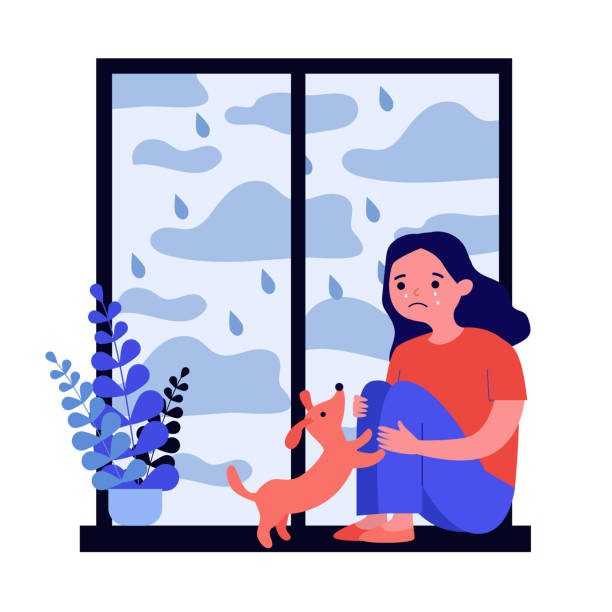If you feel low during this season of year every time, you may be suffering from the same psychological problem that many other people experience.
Seasonal affective disorder (SAD) is a type of depression that manifests itself at specific times throughout the year.
While it can take place in the spring and summer months, it generally begins in the fall as the days become shorter, and it occurs much more frequently throughout the winter.
According to the Canadian Mental Health Association (CMHA), patients with SAD account for around 10% of all depression cases.
How to spot SAD?
Margee Shelly is a certified social worker who works for the CMHA’s Simcoe County branch as a mental health and addictions counselor.
Shelly adds that fatigue is one of the indicators she encourages people to look out for, especially in the winter months when compared to other times of the year, which is a loss of energy, increased hunger. Also, people would crave carbohydrates and sweet meals above everything else.
She thinks that those suffering from SAD are more likely to overeat, feel bad about themselves, and become angry over little things.
She would advise folks to realize when they aren’t having fun with activities they usually like.
Another symptom of the condition, according to Shelly, is distancing from others and becoming antisocial.
Why It Starts in The First Place?
She also claims that no one knows what causes the disease but that many people believe it is caused by the moody weather and a lack of sunshine.
According to the CMHA, 13 to 17 percent of those who acquire SAD have a close relative who also has the illness.
Shelly has noted the impacts of SAD have worsened in the previous two years while working with patients battling mental health concerns and addictions. She noticed that everyone who used substances in the previous two years is now using more to deal with the present context.
Unfortunately, when some individuals find the strength to seek support and attempt to quit using, the winter months approach, facing an increase in COVID cases, jobs are being lost, and people are not getting out and seeing others. It’s a terrible period for anyone struggling with addiction or depression.
Alleviate Symptoms This Way
Shelly recommends opening windows (or leaving the curtains open in the winter months) to let your room bathe in sun rays.
She discovered that people who have dogs have less of the disease than people who don’t. She advised getting fresh air by going outside as much as possible.
If you can, go to a forest or forested area and have a refreshing walk.
It’s been stated a lot because it’s true, but nature can be beneficial to your mental well-being.
Shelly also questioned a recent hot subject of discussion: when to take down your Christmas decorations.
Some individuals claim that having reminders of the happy season around them makes them feel better, and Shelly confesses that she is one of them.
“I do it myself. I have a real tree, and I am leaving it up as long as the needles stay well,” she says. “In the past, I have left a tree up until March because the lights bring a really joyful glow to the home.Whatever you need to do to make you feel better, you do that for you,” Shelly adds. “Obviously, don’t do those things that could do damage to you, but things that are safe and bring you joy, why not?”

Please call 705-728-5044 if you need to talk to someone about mental health or addiction.











Leave a Reply